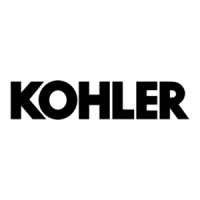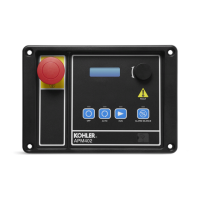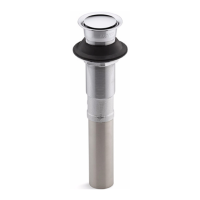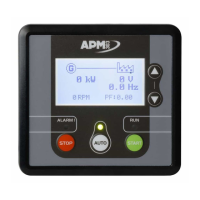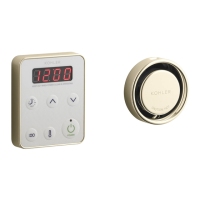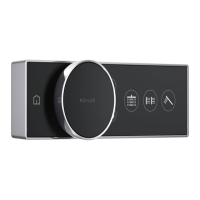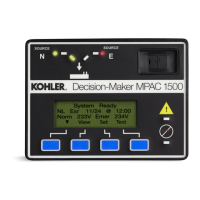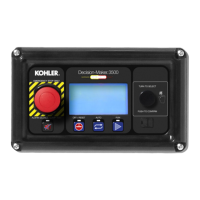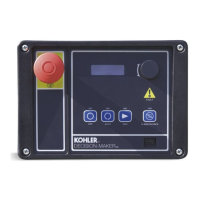4 — PROGRAMMABLE PARAMETERS
Curtis AC F2-A, F4-A, F6-A Motor Controllers – FOS 4.5 – April 2022 Return to TOC
pg. 98
APPLICATION SETUP — MAX SPEED SUPERVISION MENU
PARAMETER ALLOWABLE RANGE DEFAULT DESCRIPTION
Present Max Speed Limit
Current_Max_Speed_Limit
0x37AB 0x00
–2147483648 –
2147483647
–2147483648 –
2147483647
Read Only
rpm
A monitor variable, in rpm, that shows the present (real time) Max
Speed Limit accounting for the Max Speed Limit percent and Max
Speed Limit Slew Rate time parameters (below).
This variable is useful for setting up the Max Speed
Supervision parameters.
Max Speed Limit Timer
Max_Speed_Limit_Timer
0x37AC 0x00
–2147484.00 –
2147484.00
–2147483648 –
2147483647
Read Only
Seconds
The timer associated with the Max Speed Time Limit
parameter (below).
e.g., 0.01 – 10.0s
This variable is useful for setting up the Max Speed
Supervision parameters.
Max Speed Limit
Max_Speed_Limit
0x37A7 0x00
0.0 – 500.0 %
0 – 5000
25.0 % The Max Speed Supervision parameters detect conditions where
the speed limiting function is no longer following the maximum
speed limit of the vehicle. This parameter denes the percent over
the programmed Max Speed parameter before the Speed Limit
Supervision fault is checked and contributes to set the Speed
Limit Supervision fault.
This set of Max Speed Supervision parameters operates
independently from the normal motor control to ensure that
motor speed remains at a safe level for typically multi-mode
(e.g., elevated load travel) speeds. Note: Motor rpm is the basis of
vehicle speed.
Max Speed Limit Slew Rate
Max_Speed_Limit_Slew_Rate
0x37A8 0x00
0.1 – 60.0 s
100 – 6000
20.0 Sec This parameter denes a deceleration rate for the current Max
Speed Limit. The rate denition is the Typical_Max_Speed (RPM)/
Max_Speed_Limit_Slew_Rate.
In the event that the Max Speed decreases, the Max Speed Limit
will slew towards the new target limit at this rate. This parameter
should be set signicantly longer than the Max_Speed_Decel_
SpdM parameter to avoid false trips when adjusting accel and
decel rates. Conversely, if the Max Speed increases, the limit
will immediately step to the new target to avoid unnecessary
complications with Max_Speed_Accel_SpdM parameter.
Usage example: When the Max Speed Limit is changed in a multi-
mode event (e.g., reduced speed with elevated forks or load),
slows the vehicle in a dened decel rate.
Max Speed Time Limit
Max_Speed_Time_Limit
0x37A9 0x00
0.1 – 10.0 s
100 – 10000
5.0 Sec Controls the maximum time of the up/down counter for max speed
supervision. If the Max Speed Limit is exceeded, the timer counts
up, otherwise it counts down. If the timer reaches this parameter’s
time (setting), the Speed Limit Supervision fault is set.
(See the Max Speed Limit Timer and the Max Speed Limit
parameters, above.)
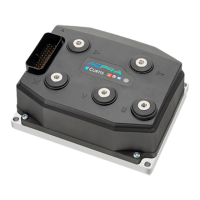
